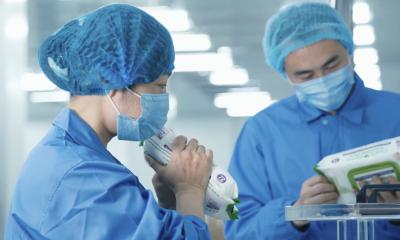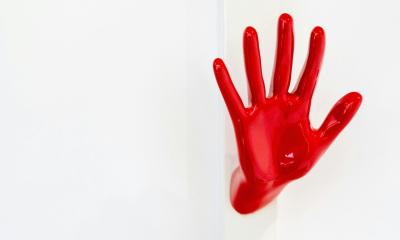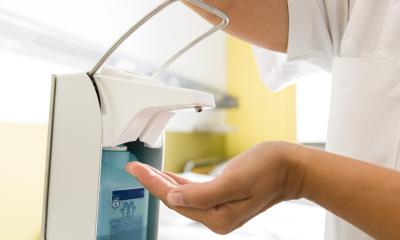Antimicrobial curtains
by Dr. Klaus-Dieter Zastrow
Even hospital curtains could attract and harbour germs.

Four four-bed wards were fitted with curtains made of both materials; patients, nurses and lab staff did not know which had antimicrobial properties. Over a six-week period 288 samples from both types of curtain were gathered during normal care procedures on the wards, and the bacterial load was tested, focusing on bacteria that cause nosocomial infections. Drapilux bioaktiv showed a significant reduction of bacterial load - particularly with the highly problematic bacteria that cause nosocomial infections. Indeed, certain types of pathogens, e.g. Klebsiella pneumoniae, had been entirely eliminated.
Silver ions, fixed on to the specially developed Trevira-CS fabric, ensure long-term antibacterial effects; they reduce bacteria on the textile surface efficiently and reliably, the manufacturer explained, adding that the antimicrobial properties are not lost when the textile is washed, and skin contact causes neither skin irritation nor allergies. ‘For decorative textiles not to become the source of infections it is recommended that fabrics offering antimicrobial properties are used to reduce the number of germs, particularly those that cause nosocomial infections. This is crucial, because there are no standards regarding the number of times hospital curtains should be washed,’ Dr Zastrow pointed out.
The study additionally suggested another practical advantage of antimicrobial curtains: a reduced bacterial load could reduce the washing frequency of the fabrics, providing substantial cost benefits.
Further details: Maniga Esmailpour - esmailpour@drapilux.com
01.07.2006





